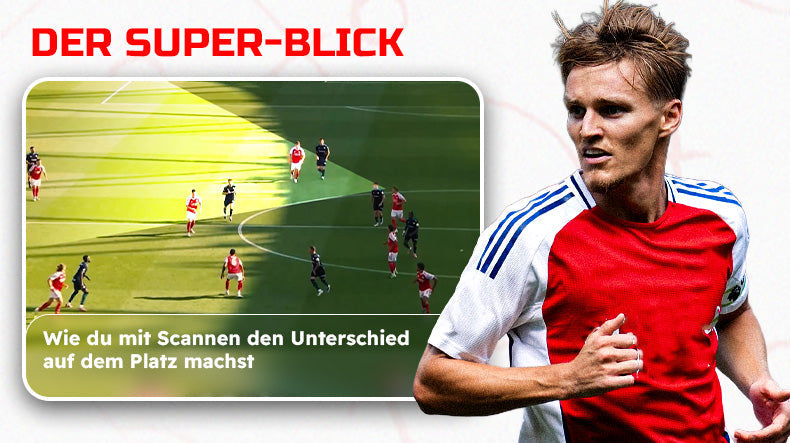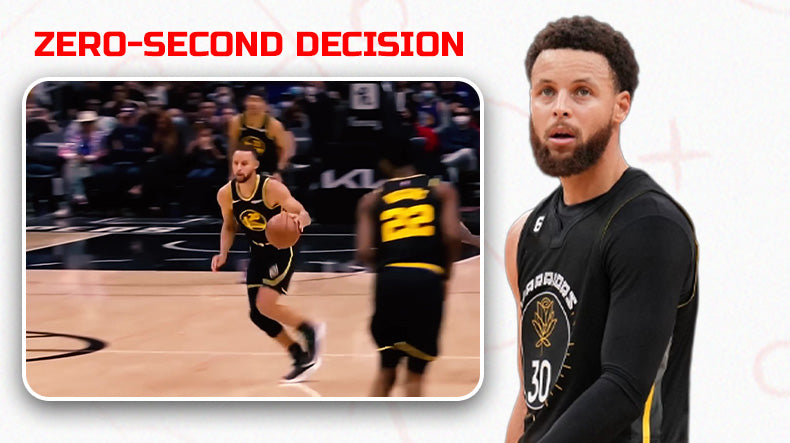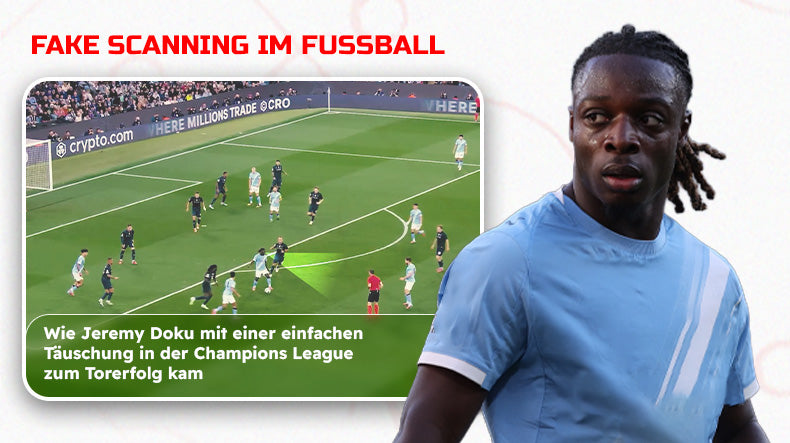Influenced decision-making behavior

That's enough! The wrong decision again!
Clear situation for you as a coach. Your player is in a good attacking position in the final third. With one pass through the interface, your striker can run straight towards the goalkeeper. What happens? He dribbles on and then plays the pass to the outside.
Wrong decision, missed chance to score a goal. Missed equaliser and lost the game.
You saw the interface immediately, and I'm sure some players and your assistant coach did too. Even some parents groaned because the ball wasn't "passed through". This situation doesn't necessarily occur more than once in a game, but when it does, it's actually crystal clear what needs to be done.
Did the player who was in the situation also see the interface? At least we often assume this and make a mistake:
We automatically project our experiences onto our players.
Let's assume you are 34 years old, coach an U13 team, have played football yourself for 12 years and have been a coach for 5 years. You have also seen countless Bundesliga, Champions League and European Championship/World Cup games and discussed game scenes with colleagues.
Your wealth of experience as a player alone is as great as the age of your players. As a coach, you also deal intensively with possible solutions and the countless brilliant moments of Messi from the CL are also stored in your memory.
You call upon these experiences again and again during the game and demand them from your players, even though they may not even have the solution you require in their experience, let alone be technically capable of implementing it.
To avoid such mistakes, here is a crucial tip:
First, ask yourself the following question:
Does the player have the experience to play the ball through the interface?
If the player has the experience for the interface ball, ask him the following question:
"Do you remember the attack situation in the 27th minute of the game when you dribbled past the 6-yard line and then played the ball out in front of the center back? What other options did you have?"
By rewriting the situation, it is easier for the player to remember and "put themselves back" in the situation. By asking an open question at the end, you actively encourage them to talk, which allows you to see whether they actually saw the option.
The following answers are possible:
- The player has not seen them = The player has problems in the fixed or peripheral perception of game situations.
- The player has seen it but has not chosen it = The player has either decision problems or action problems, i.e. problems in the technical implementation
If the player has problems with the technical implementation, you have to ask yourself how often you have practiced the interface ball under game-like conditions.
In summary, you should take the following two points from this article:
- Don’t project your experiences onto your player
- Ask open questions to find out where the player's problems lie
If you have any questions, please contact us
Author: Tammo Neubauer










